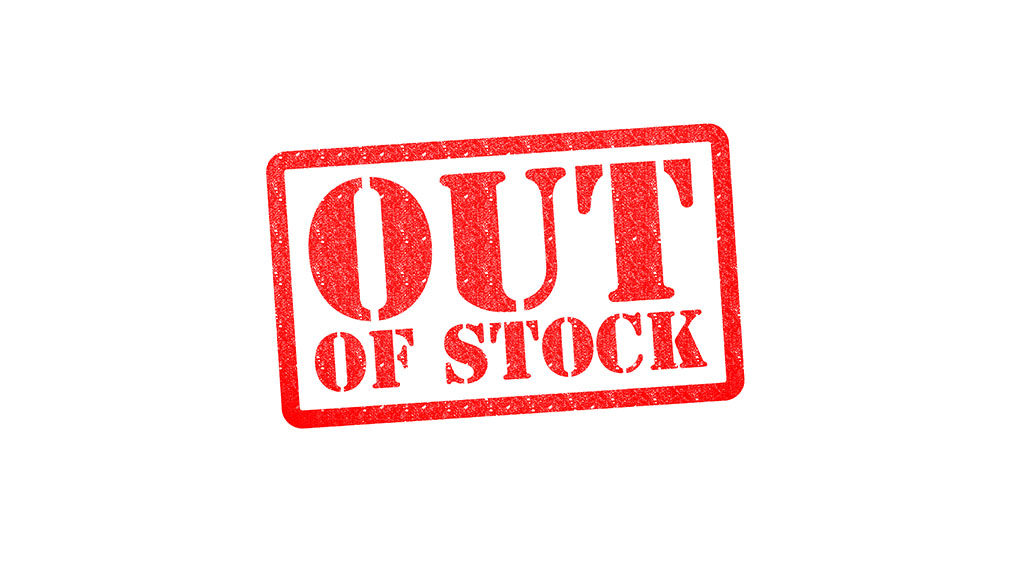Gain a significant marketing edge by understanding the market for attention

If attention were a commodity listed at the Chicago Board of Trade, it likely would’ve been one of the best investments over the last 35 years.
Attention is not often thought of as a tangible commodity but we can gain insight by exploring it as a precious resource. Technology and its effect on information has radically altered the supply and demand of attention. The result is an attention deficit pulling on the very fabric of our society, our human nature, and our way of life. – more on this in future blogs- here let’s discuss the big picture, why there are actually two markets for attention and how you can turn this insight into a major opportunity for your business.
Attention is precious
What you focus on determines your experience. You have a limited bandwidth with which you can pay attention to things. Paying attention to one thing forever eliminates the chance to experience something else with that time. This means your attention is scarce and what you use it on matters.
This sacred focus of attention is continually under assault. It has tremendous value not only to you, but others. Advertising companies, the media, politicians, and a host of other interests are constantly trying to mine you for your attention because attention has the potential to lead to influence. They all depend on your attention. In fact, everyone desires some degree of attention, some more than others –simmer down Kanye.
What has changed
Peoples desire to get attention is nothing new, what has changed is technology and its ability to scale communication. No longer is it expensive or technically difficult to produce and distribute information. This has resulted is an explosion in the amount of information and the number of attempts to get our attention. While the supply of attention is fixed the cost to attempt to get attention has plummeted, leading to an explosion in demand on our attention. As more people broadcast information in more ways, the noise level has skyrocketed. Normally in economics, if demand increases and the supply is fixed, prices rise, but this does not appear to be the case in the market for attention. Why?
This is due to a key misconception, that if understood properly will help you break through the noise and gain an edge over much of your competition.
Two markets for attention
There is a market to distribute information for a chance to get someone’s attention and a market where a person trades the commodity of attention by paying attention to you. Understanding the distinction is critical. Many advertisers assume these markets are one and mistakenly believe that buy purchasing the distribution of their message, they are purchasing attention.
The Distribution Market
Let’s call the first market the Distribution Market because people are buying the distribution of their information for a chance to get attention. It consists of all the channels and means to attempt to reach people. This market includes everything from email to print advertising, digital advertising to social media, outbound to inbound marketing, —any means to place or distribute a message to attract people’s attention. The price in this market is paid in money and is easy to measure.
In the Distribution Market, it is supply that has skyrocketed. There are more ways to reach people, and the cost to produce and distribute messages in these channels has plummeted. Many methods are even free. You can film a video on an iPhone, post it on YouTube, and it could go viral gaining the attention of millions. The lower cost to reach out has led to a massive growth in the number of attempts get attention.
Unfortunately for advertisers, just because someone is paying attention to a TV, or to Facebook, it does not mean they will pay attention to you. You still must earn it.
The Real Attention Market
The second market is the actual market for people’s attention. It is here attention is paid. It has a fixed supply, but due to the explosion in communication attempts from the Distribution Market, demand has skyrocketed. Because it is not usually paid for directly with money it is rarely looked at as a separate market and its price is harder to quantify.
It is also not in the best interests of companies who distribute ads to emphasize they are not actually in control. They enjoy the belief that they directly sell attention. This market however is in fact controlled by individuals who have the final say in what they pay attention to (psychological gimmicks aside). Make no mistake, individuals charge a price for their attention and it is no longer cheap.
The currency of attention
Attention is paid for with promises. Once attention is spent it cannot be returned, so people spend it based on a promise they will get something they want back for their focus and time. What promise someone will trade for their attention is unique, although there are patterns. People respond to many types of promises: including those that offer a solution to a problem, a feeling, an experience, to be entertained, to gain information improving their life, to fulfill a curiosity, or to cure boredom.
Shockingly, many attempts to communicate offer no promise at all. Others offer such a generic promise as to be meaningless.
Background
As the supply of noise rose, consumers tuned out most promises because they didn’t offer enough value to stand out. Advertisers became more desperate. Not clearly understanding the problem, they tried to buy attention with gimmicks and more aggressive tactics. People then responded by further tuning out. In-turn, advertisers responded with more sensational promises—clickbait anyone? In effect, they bought attention with counterfeit money. If you break enough promises, you lose peoples trust.
Consumers are now irritated and more discerning about what promises they will trade attention for. We have the emergence of Adblockers and their counter measure Native ads (ads designed to look like they are not ads). The ultimate outcome of this trend is that many people are now starting to lose faith in information itself. These people almost exclusively consider information that supports what they already believe or people they already trust—usually friends. This phenomenon silos people and creates polarization. It has profound implications for our society, and it is a direct by product of the deficit of attention. -more on this in future blogs.
Targeting
One major attempt to address this issue is to better target ads so that they are more pertinent. In theory, this could help deliver messages more likely to respect consumers and get a response, but there are two problems with this approach currently.
One, just because an ad gets in front of a more likely customer doesn’t mean the ad has something meaningful to say. Most ads still don’t.
Two, they can creep people out and make them feel like they are being watched- which they are… Hey, It’s not paranoid if it’s true.
How you can turn this lemon into lemonade?
The good news is that this attention deficit exists for everyone including your competitors. Most do not fully understand it and have no idea what to do about it. This is an opportunity.
Respect attention
When you are attempting to get attention, it is important to first remember how sacred it is. Treat that attention with the respect it deserves as if it was your own. This is not only a best practice, but will allow you to get better response. What is the price you are paying the actual supplier of attention? Are you asking for their precious attention without giving anything they want?
What promise are you making to earn attention?
Take a step back and ask, “What value is your marketing (not your product) creating for your customer? How will they know you are giving them value?” Remember, the most common message in marketing is “we exist”. Followed closely by the attention hungry news media’s, “WE ARE ALL GOING TO DIE!” If you offer authentic useful information you will be ahead in the game.
I have found it useful to ask, “If you were in your customers shoes, would your communications itself be something you would pay money for as if it were one of your products?” The answer may not always be yes, but this question will move you in the right direction, and is a standard worth striving for.
Does your communication deliver on your promise?
Nothing is more annoying than bait and switch or a broken promise. If an ad shows a woman in a bikini, it might make sense for a travel agency selling Caribbean vacations, not so much for GPS tracking units. Yes, it’s a real GPS ad. How often have you looked or clicked on a headline only to find it was total fluff, or the content was trying to sell you something unrelated. What about an article that appears to promise an objective story or insight, but it is really just an ad aggressively trying to sell you. Do you trust it or respond? To borrow a phrase from my Texas friends, beware the “all hat, no cattle” marketing approach.
Offer high quality content and then deliver. Make sure your content is on topic to what was promised and gives useful information before you start selling. Many business believe they need to hold back some of their content for fear it will be copied or undervalued. Nonsense! Give, give, give! It is your job to educate your consumer with useful info upfront. This is necessary to build trust. Also, let people get to know you before demanding their email address.
Attention is a long game
It is very difficult to get and sustain the attention of your clients through short-term gimmicks or a single ad. There is a difference between interruption and attention. To gain and sustain attention you must give value upfront overtime, and earn the trust of your potential clients. Without trust they will not listen to your promises and pay real attention to your message. In many cases, you must build a relationship and nurture it first before they will listen to what you have say, or give you the time of day. As you build this relationship many prospects will convert to loyal clients and your best advocates.
Is your product or service actually noteworthy?
Getting attention starts with authenticity and substance. It is hard to get attention if you have nothing to say. Is your product or service actually noteworthy? If not, are you simply a “me too” business? If you are a “me too” business then it’s time to innovate and work on your core service or product.
You cannot gain attention and grow your business in a world with an attention deficit if your message is “we do that too.” You will become a commodity and someone will always find a way to underprice you. One of the best investments you can make in marketing is to improve your product to be more noteworthy.
This is only the beginning of a discussion about attention. The attention deficit is a serious challenge with great upside, but it requires a consistent investment of thought and attention from your business. Creating value in your marketing message itself needs to be a core focus of marketing strategy for any business that plans to grow in the modern age.
If you need help or want to dig deeper into this topic, come back to this site often or reach out to us below.




